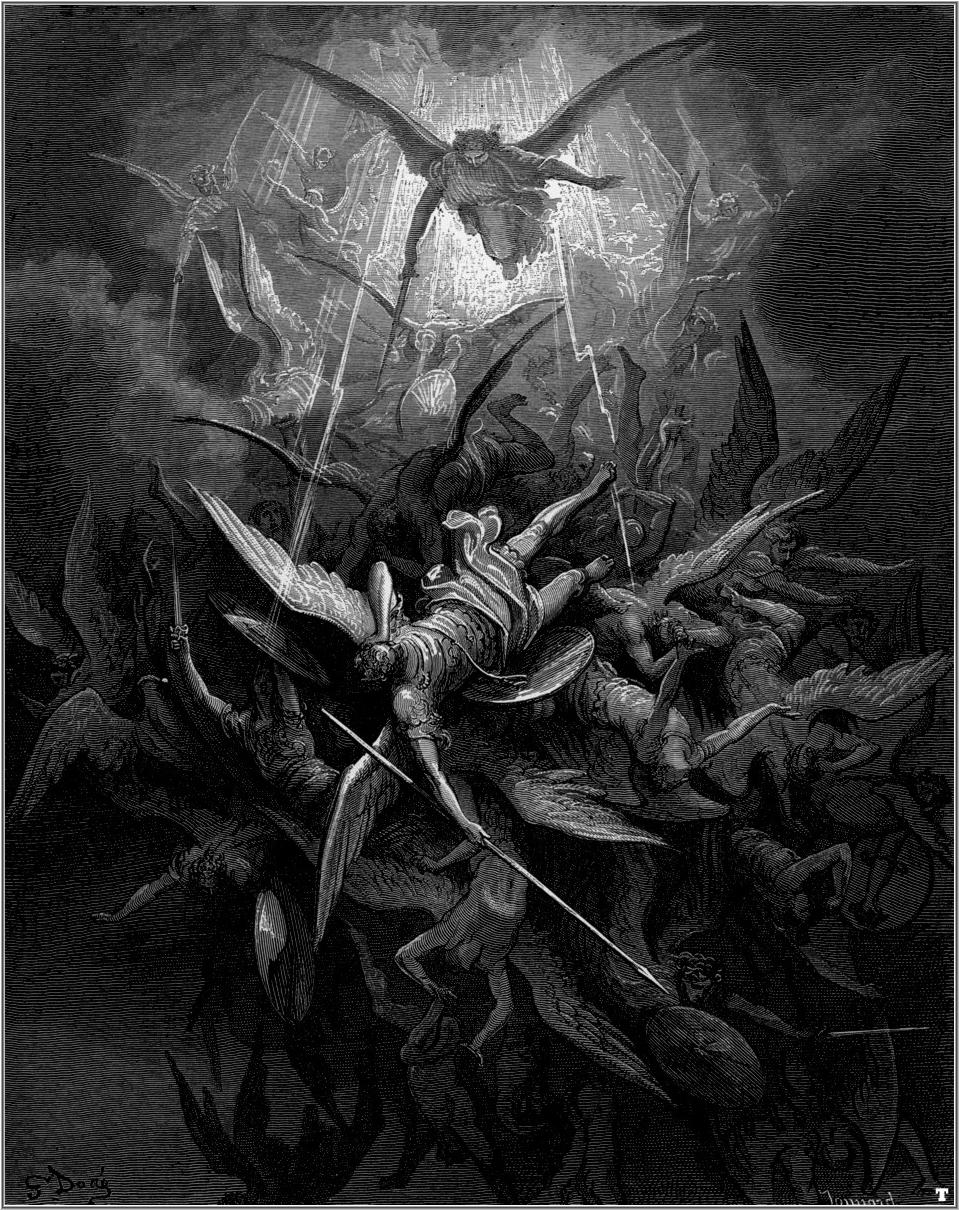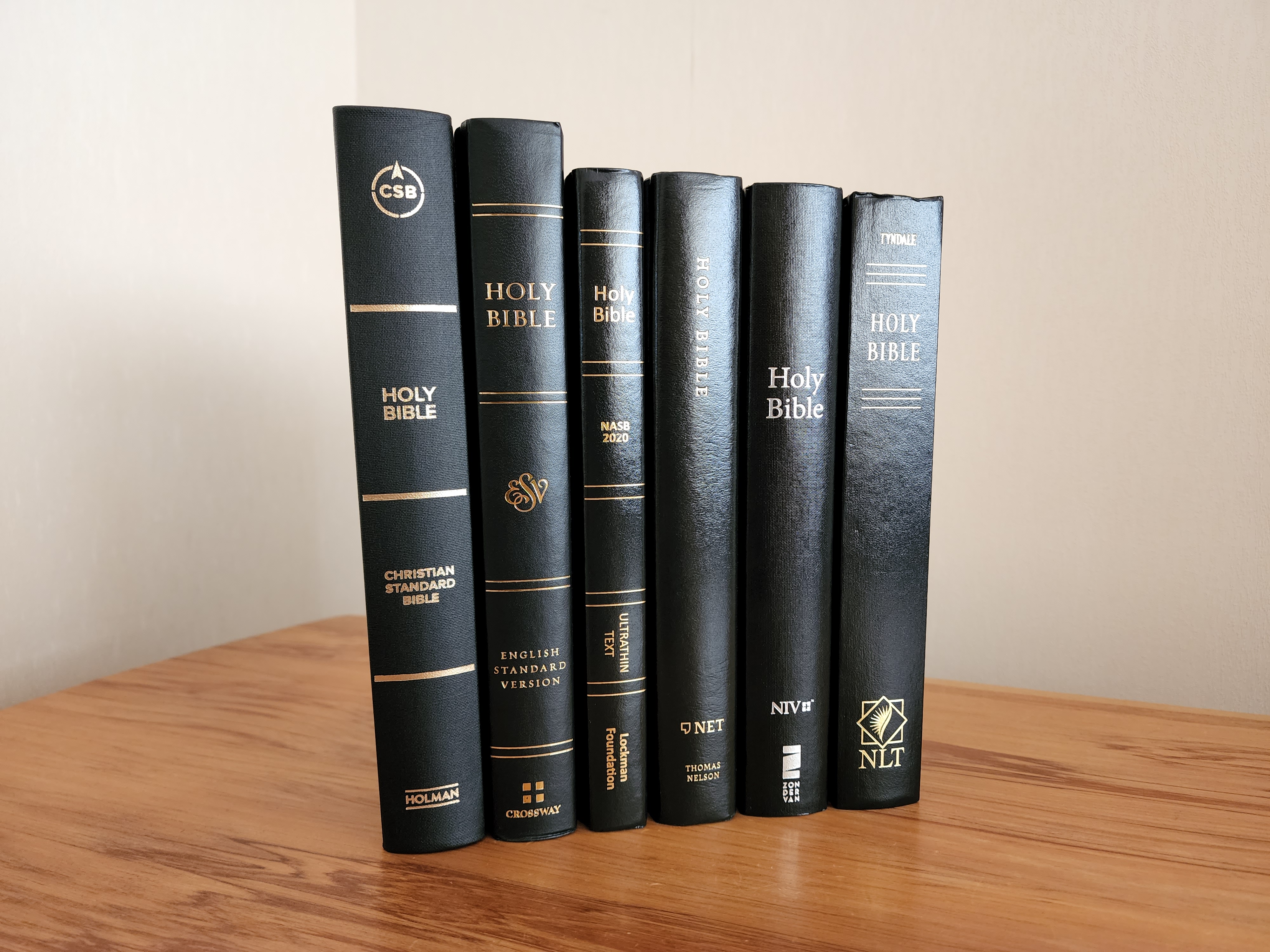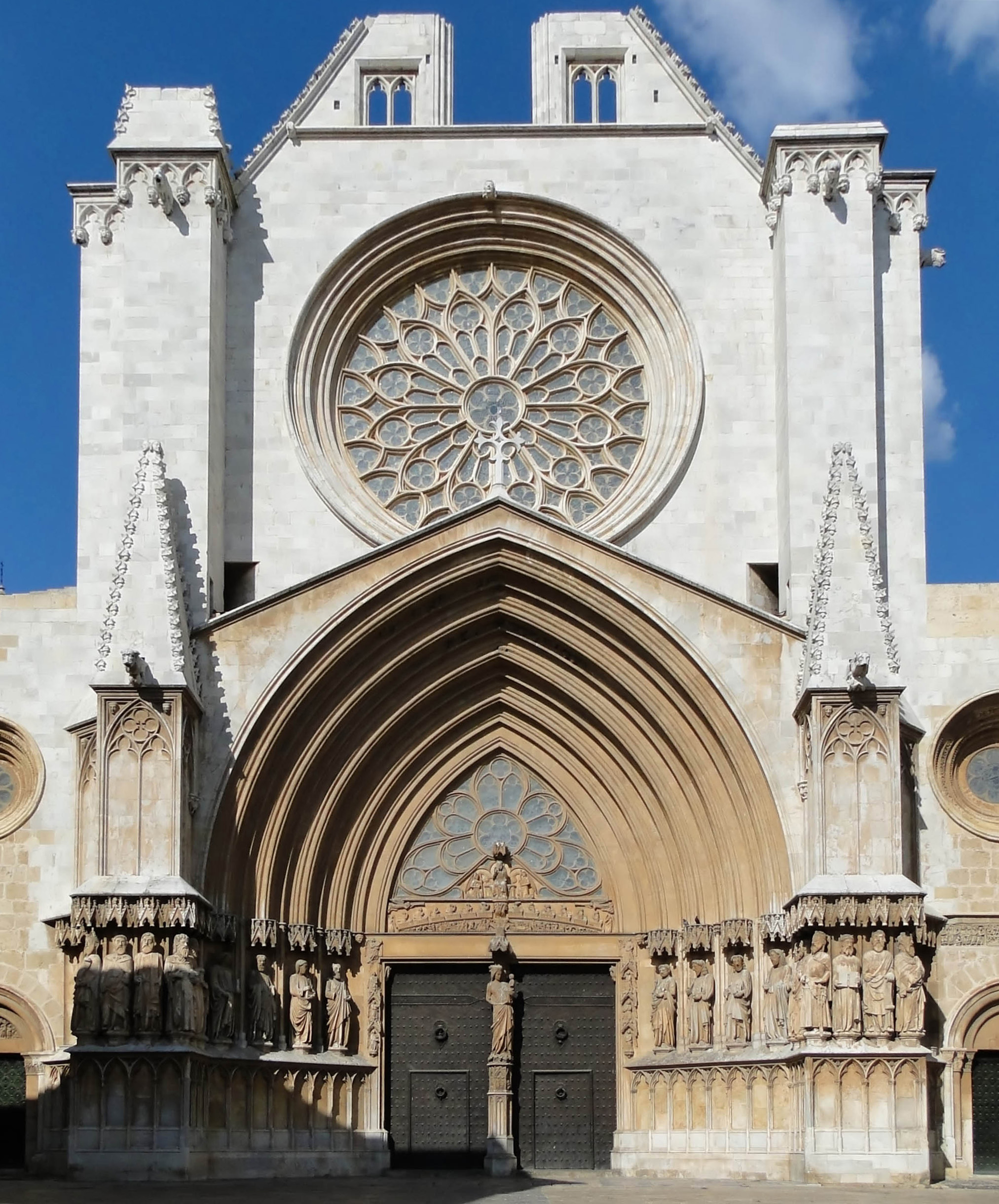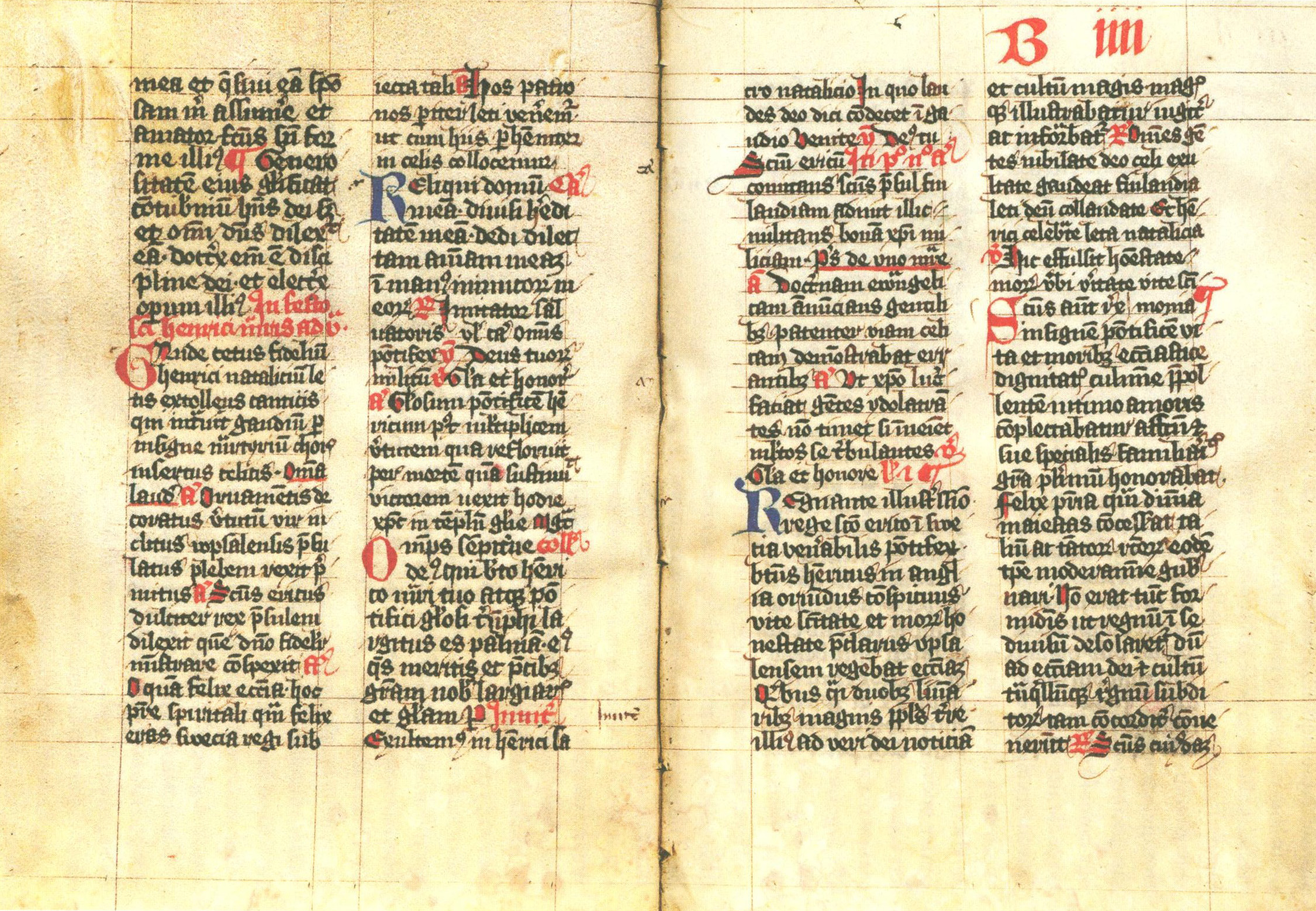|
Council Of Toulouse
The Council of Toulouse (1229) was a Council of the Roman Catholic Church called by Folquet de Marselha, the Bishop of Toulouse, in 1229 AD. The council forbade lay people to read vernacular translations of the Bible. The Council of Toulouse was a local council held by a local church, not an ecumenical council possessing binding authority over the entire Catholic Church. Background The Council was called by the local bishop to address the perceived threat from the rapid growth of the Albigensian movement in 13th century southern France. The council resolved that a search in each parish was to be made for heretics (Albigensian and Cathar) and that if found their houses should be destroyed and that non-Latin translations of the Bible be destroyed and likewise for other unauthorised copies. The Council pronounced: "We prohibit also that the laity should be permitted to have the books of the Old and the New Testament; unless anyone from the motives of devotion should wish to have ... [...More Info...] [...Related Items...] OR: [Wikipedia] [Google] [Baidu] |
Albigensian Crusade 01
Catharism ( ; from the , "the pure ones") was a Christian quasi-dualist and pseudo-Gnostic movement which thrived in Southern Europe, particularly in northern Italy and southern France, between the 12th and 14th centuries. Denounced as a heretical sect by the Catholic Church, its followers were attacked first by the Albigensian Crusade and later by the Medieval Inquisition, which eradicated the sect by 1350. Around 1 million were slaughtered, hanged, or burnt at the stake. Followers were known as Cathars or Albigensians, after the French city Albi where the movement first took hold, but referred to themselves as Good Christians. They famously believed that there were not one, but two Godsthe good God of Heaven and the evil god of this age (). According to tradition, Cathars believed that the good God was the God of the New Testament faith and creator of the spiritual realm. Many Cathars identified the evil god as Satan, the master of the physical world. The Cathars believed ... [...More Info...] [...Related Items...] OR: [Wikipedia] [Google] [Baidu] |
Bible Translations
The Christian Bible has been translated into many languages from the biblical languages of Hebrew, Aramaic, and Greek. the whole Bible has been translated into 756 languages, the New Testament has been translated into an additional 1,726 languages, and smaller portions of the Bible have been translated into 1,274 other languages. Thus, at least some portions of the Bible have been translated into 3,756 languages. Textual variants in the New Testament include errors, omissions, additions, changes, and alternate translations. In some cases, different translations have been used as evidence for or have been motivated by doctrinal differences. Original text Hebrew Bible The Hebrew Bible was mainly written in Biblical Hebrew, with some portions (notably in Daniel and Ezra) in Biblical Aramaic. Some of the Deuterocanonical books not accepted in every denomination's canons, such as 2 Maccabees, originated in Koine Greek. In the third and second centuries B.C.E., the Hebr ... [...More Info...] [...Related Items...] OR: [Wikipedia] [Google] [Baidu] |
Spanish Inquisition
The Tribunal of the Holy Office of the Inquisition () was established in 1478 by the Catholic Monarchs of Spain, Catholic Monarchs, King Ferdinand II of Aragon and Queen Isabella I of Castile and lasted until 1834. It began toward the end of the ''Reconquista'' and aimed to maintain Catholic Church, Catholic orthodoxy in their kingdoms and replace the Papal Inquisition in Spain, Medieval Inquisition, which was under Pope, papal control. Along with the Roman Inquisition and the Portuguese Inquisition, it became the most substantive of the three different manifestations of the wider Catholic Inquisition. The Inquisition was originally intended primarily to identify Heresy in Christianity, heretics among those who converted from Judaism and Islam to Catholicism. The regulation of the faith of newly converted Catholics was intensified following Alhambra Decree, royal decrees issued in 1492 and 1502 ordering Jews and Muslims to convert to Catholicism or leave Crown of Castile, Ca ... [...More Info...] [...Related Items...] OR: [Wikipedia] [Google] [Baidu] |
Tarragona
Tarragona (, ; ) is a coastal city and municipality in Catalonia (Spain). It is the capital and largest town of Tarragonès county, the Camp de Tarragona region and the province of Tarragona. Geographically, it is located on the Costa Daurada area on the Mediterranean Sea, Mediterranean shore. During the period of the Roman Empire, it was one of the most prominent cities of the Iberian Peninsula, as the capital, successively, of the Roman provinces of Hispania Citerior and Hispania Tarraconensis. The Archaeological Ensemble of Tárraco, Archaeological Complex of Tàrraco is a UNESCO World Heritage Site. History Punic Etymology Ta-Aragona name in Phoenician means the Aragona, which is the native Iberian term for the Ebro Vallay. Mythical Origins One Catalan legend holds that Tarragona was named for ''Tarraho'', eldest son of Tubal in c. 2407 BC; another (derived from Strabo and Megasthenes) attributes the name to 'Taharqa, Tearcon the Ethiopian', a seventh-century BC pharaoh w ... [...More Info...] [...Related Items...] OR: [Wikipedia] [Google] [Baidu] |
Council Of Tarragona ...
The Councils of Tarragona were several provincial Councils of the Roman Catholic Church held in the city of Tarragona, in Catalonia, Spain. * The First Council of Tarragona was held by Archbishop John of Tarragona, on 6 November 516. This council assembled all the bishops of his province, thus becoming the first provincial council of Tarragona. ''Catholic Encyclopedia'', 1912Tarragona There were ten bishops were present. In 517 he assembled another provincial council in Girona. * Subsequent councils were held in 1242 and 1312. References {{reflist, 1 History of Catalonia Tarragona Tarragona Tarragona Tarragona (, ; ) is a coastal city and municipality in Catalonia (Spain). It is the capital and largest town of Tarragonès county, the Camp de Tarragona region and the province of Tarragona. Geographically, it is located on the Costa Daurada ar ... [...More Info...] [...Related Items...] OR: [Wikipedia] [Google] [Baidu] |
Little Office Of Our Lady
The Little Office of the Blessed Virgin Mary, also known as Hours of the Virgin, is a liturgical devotion to the Blessed Virgin Mary, in imitation of, and usually in addition to, the Divine Office in the Catholic Church. It is a cycle of psalms, hymns, scripture and other readings. All of the daily variation occurs in Matins. The text of the other offices remains the same from day to day in the Roman Rite and most other rites and uses. In the Roman Rite there are seasonal variations in Advent and Christmastide. The Gospel antiphons also change in Eastertide, although there are no other changes during that season. The Little Office was a core text of the medieval and early Reformation primers, a type of lay devotional. History The Little Office probably originated as a monastic devotion around the middle of the eighth century. Peter the Deacon reports that at the Benedictine Monastery of Monte Cassino there was, in addition to the Divine Office, another office "which it is cu ... [...More Info...] [...Related Items...] OR: [Wikipedia] [Google] [Baidu] |
Breviary
A breviary () is a liturgical book used in Christianity for praying the canonical hours, usually recited at seven fixed prayer times. Historically, different breviaries were used in the various parts of Christendom, such as Aberdeen Breviary, Belleville Breviary, Stowe Breviary and Isabella Breviary, although eventually the Roman Breviary became the standard within the Roman Catholic Church (though it was later supplanted with the Liturgy of the Hours); in other Christian denominations such as the Lutheran Churches, different breviaries continue to be used, such as The Brotherhood Prayer Book. Different breviaries The "contents of the breviary, in their essential parts, are derived from the early ages of Christianity", consisting of psalms, Scripture lessons, writings of the Church Fathers, as well as hymns and prayers. From the time of the early Church, the practice of seven fixed prayer times, being attached to , have been taught; in '' Apostolic Tradition ... [...More Info...] [...Related Items...] OR: [Wikipedia] [Google] [Baidu] |
Psalter
A psalter is a volume containing the Book of Psalms, often with other devotional material bound in as well, such as a liturgical calendar and litany of the Saints. Until the emergence of the book of hours in the Late Middle Ages, psalters were the books most widely owned by wealthy lay persons. They were commonly used for learning to read. Many psalters were richly illuminated, and they include some of the most spectacular surviving examples of medieval book art. The English term (Old English , ) derives from Church Latin. The source term is , which is simply the name of the Book of Psalms (in secular Latin, it is the term for a stringed instrument, from ''psalterion''). The Book of Psalms contains the bulk of the Divine Office of the Roman Catholic Church. The other books associated with it were the Lectionary, the Antiphonary, and Responsoriale, and the Hymnary. In Late Modern English, ''psalter'' has mostly ceased to refer to the Book of Psalms (as the text of a book ... [...More Info...] [...Related Items...] OR: [Wikipedia] [Google] [Baidu] |
New Testament
The New Testament (NT) is the second division of the Christian biblical canon. It discusses the teachings and person of Jesus in Christianity, Jesus, as well as events relating to Christianity in the 1st century, first-century Christianity. The New Testament's background, the first division of the Christian Bible, is called the Old Testament, which is based primarily upon the Hebrew Bible; together they are regarded as Sacred Scripture by Christians. The New Testament is a collection of 27 Christianity, Christian texts written in Koine Greek by various authors, forming the second major division of the Christian Bible. It includes four Gospel, gospels, the Acts of the Apostles, epistles attributed to Paul the Apostle, Paul and other authors, and the Book of Revelation. The Development of the New Testament canon, New Testament canon developed gradually over the first few centuries of Christianity through a complex process of debate, rejection of Heresy, heretical texts, and ... [...More Info...] [...Related Items...] OR: [Wikipedia] [Google] [Baidu] |
Old Testament
The Old Testament (OT) is the first division of the Christian biblical canon, which is based primarily upon the 24 books of the Hebrew Bible, or Tanakh, a collection of ancient religious Hebrew and occasionally Aramaic writings by the Israelites. The second division of Christian Bibles is the New Testament, written in Koine Greek. The Old Testament consists of many distinct books by various authors produced over a period of centuries. Christians traditionally divide the Old Testament into four sections: the first five books or Pentateuch (which corresponds to the Jewish Torah); the history books telling the history of the Israelites, from their conquest of Canaan to their defeat and exile in Babylon; the poetic and wisdom literature, which explore themes of human experience, morality, and divine justice; and the books of the biblical prophets, warning of the consequences of turning away from God. The Old Testament canon differs among Christian denominations. The Ea ... [...More Info...] [...Related Items...] OR: [Wikipedia] [Google] [Baidu] |
Cathar
Catharism ( ; from the , "the pure ones") was a Christian quasi- dualist and pseudo-Gnostic movement which thrived in Southern Europe, particularly in northern Italy and southern France, between the 12th and 14th centuries. Denounced as a heretical sect by the Catholic Church, its followers were attacked first by the Albigensian Crusade and later by the Medieval Inquisition, which eradicated the sect by 1350. Around 1 million were slaughtered, hanged, or burnt at the stake. Followers were known as Cathars or Albigensians, after the French city Albi where the movement first took hold, but referred to themselves as Good Christians. They famously believed that there were not one, but two Godsthe good God of Heaven and the evil god of this age (). According to tradition, Cathars believed that the good God was the God of the New Testament faith and creator of the spiritual realm. Many Cathars identified the evil god as Satan, the master of the physical world. The Cathars believe ... [...More Info...] [...Related Items...] OR: [Wikipedia] [Google] [Baidu] |










